Oldest Scottish manuscript to go on display in Aberdeen
Book of Deer to return to its place of origin for the first time in centuries
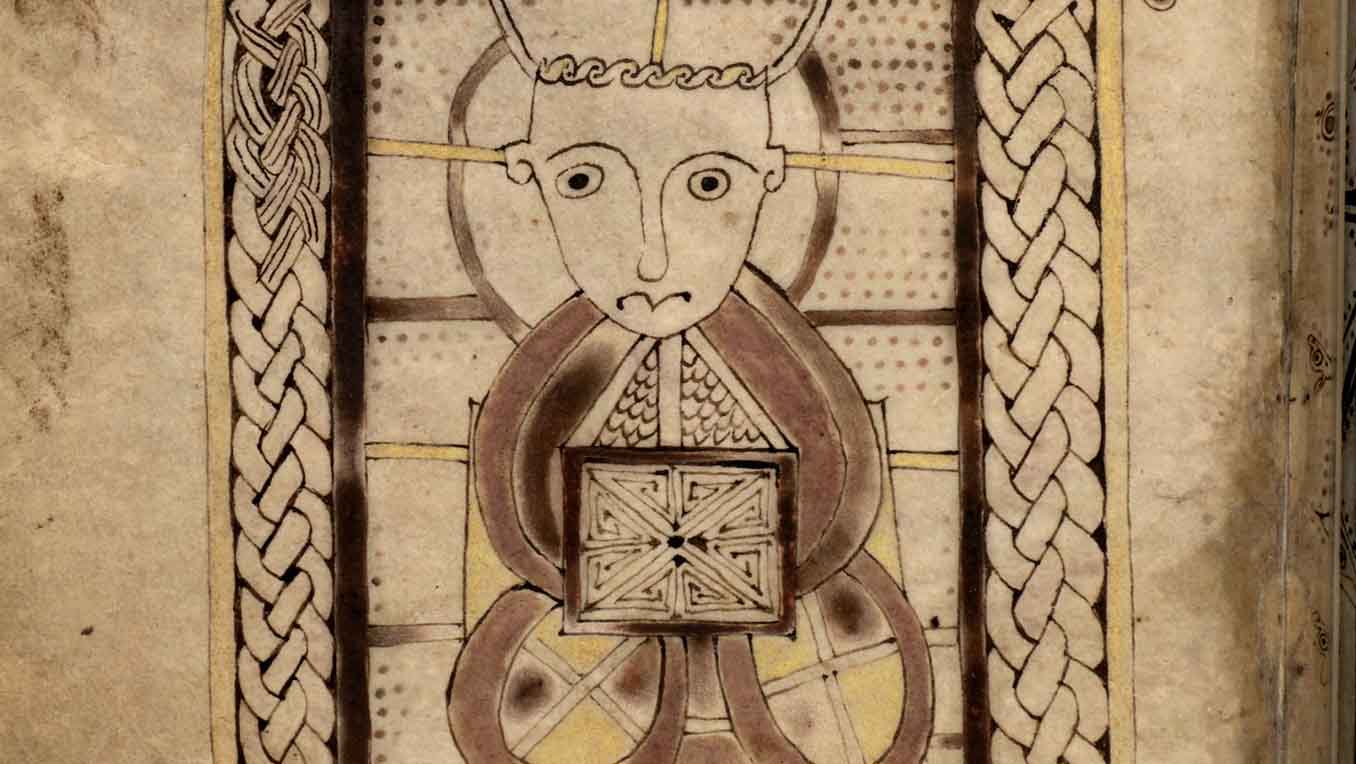
The Book of Deer, possibly Scotland’s oldest surviving manuscript, is set to return to the north-east of Scotland for the first time in hundreds of years when it goes on loan from Cambridge University Library next year.
The manuscript, which came to the UL in 1715, is a small manuscript containing the text of the gospels in Latin which has been dated to the first half of the tenth century. It was produced for private use rather than for church services.
It contains the oldest surviving example of written Scots Gaelic in the world within its margins. At the start of each gospel text is a full-page illustration of a human figure or figures.
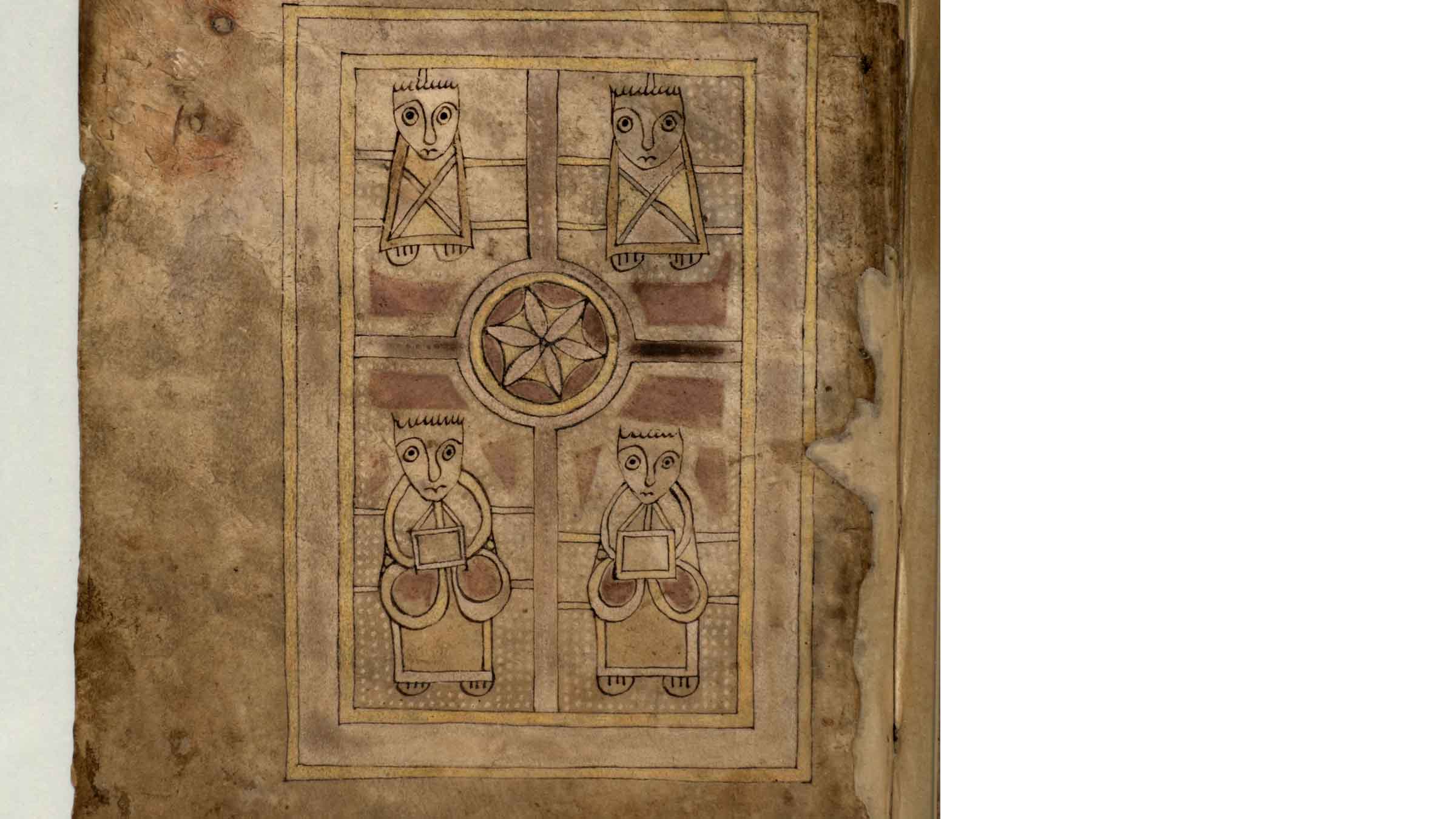
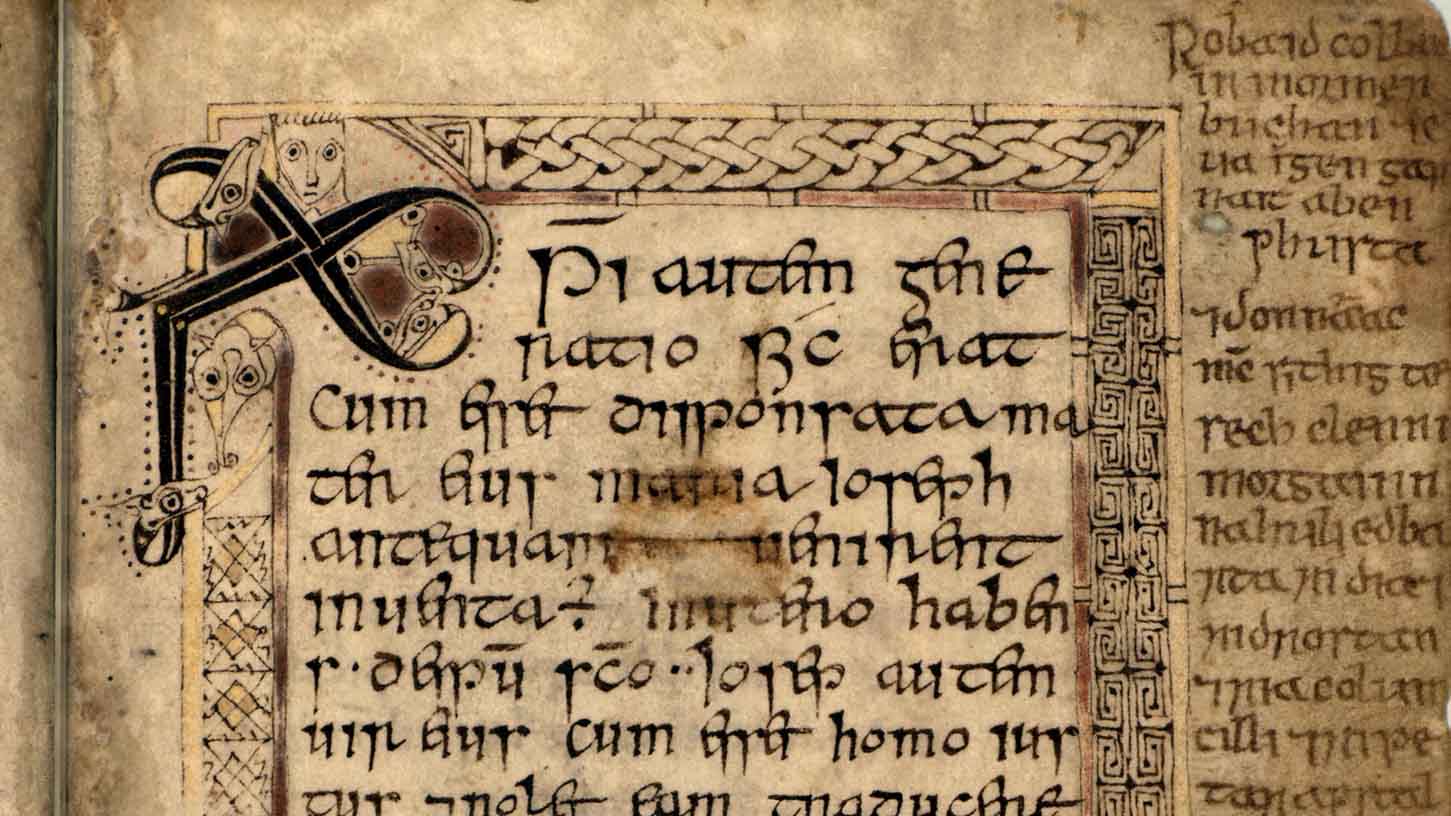
Dr Jessica Gardner, Cambridge University Librarian, said “The Book of Deer is of supreme cultural importance to Scotland generally, and for the north-east of Scotland in particular, and this project has our strongest and warmest support. It offers an unparalleled opportunity to connect new audiences with heritage in an inspirational way that will leave a lasting legacy.”
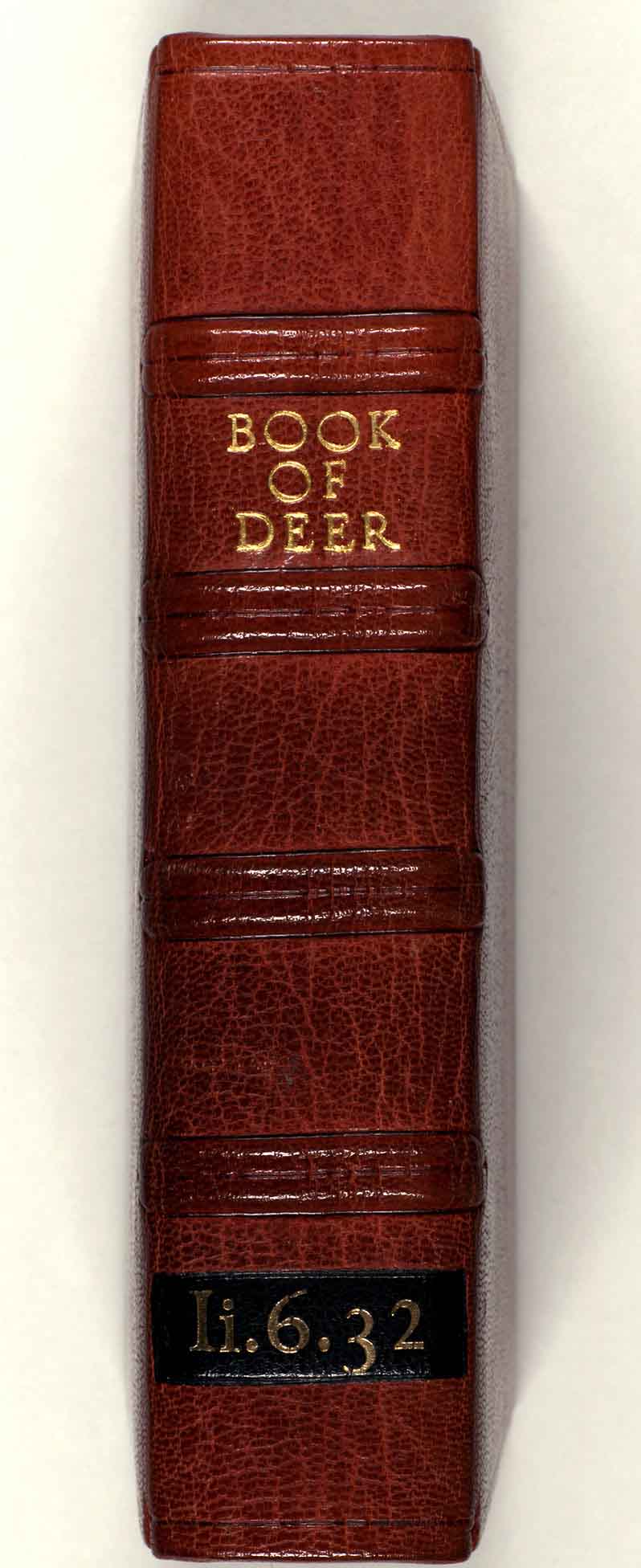
The loan has been arranged thanks to the hard work of community heritage group The Book of Deer Project, based in Aden Country Park in Aberdeenshire, who secured £128,588 from the National Lottery Heritage Fund to bring the 10th century text back to the area where it is believed to have originated and to celebrate its return.
Anne Simpson, chair of the Book of Deer Project, said “We’re delighted to be awarded £128,588 from the National Lottery Heritage Fund which has helped ensure the Book of Deer will be accessible to the wider public next summer, fittingly coinciding with the Year of Scotland’s Stories. Our strong partnership approach was a key part of securing the funding.”
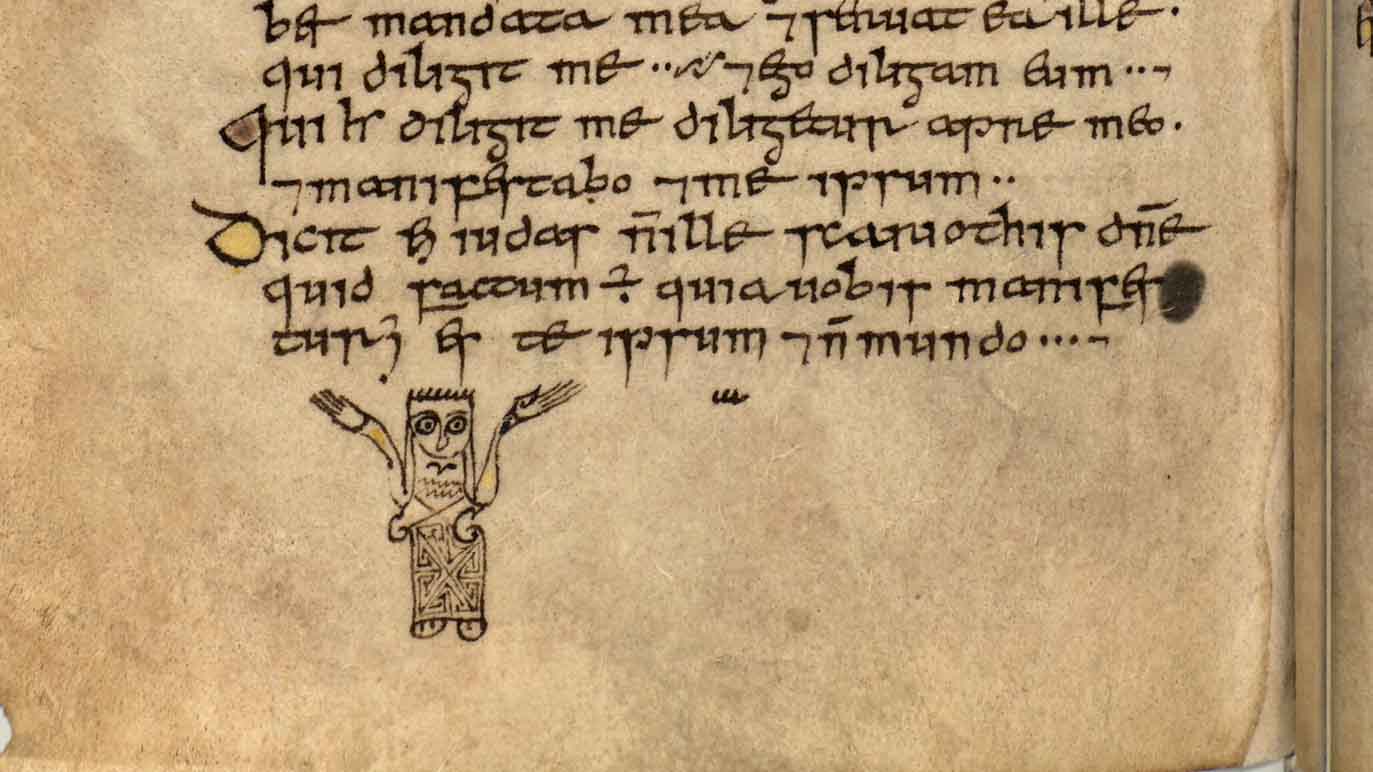
The manuscript will be exhibited at Aberdeen Art Gallery in summer 2022, during the Year of Scotland's Stories - a year in which stories inspired by, created, or written in Scotland will be showcased and celebrated.
Simpson said: “Ours is a small corner of the world, but it is an important one. The return of the Book of Deer and the exhibition at Aberdeen Art Gallery, along with the community dig and cultural programme will allow us to celebrate the manuscript’s links with north east Scotland in a manner it deserves.”


Short texts written in Gaelic were added to the manuscript in the twelfth century, relating to the monastery of Deer in Aberdeenshire, giving the book its name. The events to celebrate the manuscript's return to Scotland will include a further archaeological dig at the Abbey of Deer in Aberdeenshire, thought to be the site of the early mediaeval monastery where the Book of Deer was annotated with the earliest written Gaelic. There will also be events in Cambridge to mark the occasion.
Dr Gardner added: “Cambridge University Library is one of the world’s greatest collections and sharing these collections with the widest possible audience underpins everything we do. For those who can’t get to see the Book of Deer in Scotland, every page is available to view in great detail, for free, on our Digital Library.”
Pages from the Book of Deer can also be viewed alongside our other collections on our Google Arts and Culture page.
The partnership project is led by the Book of Deer Project and includes Cambridge University Library, Aberdeen City Council/Aberdeen Art Gallery, Live Life Aberdeenshire, the sports and cultural service of Aberdeenshire Council, the University of Aberdeen and Cameron Archaeology Ltd.
The text in this work is licensed under a Creative Commons Attribution 4.0 International License.

